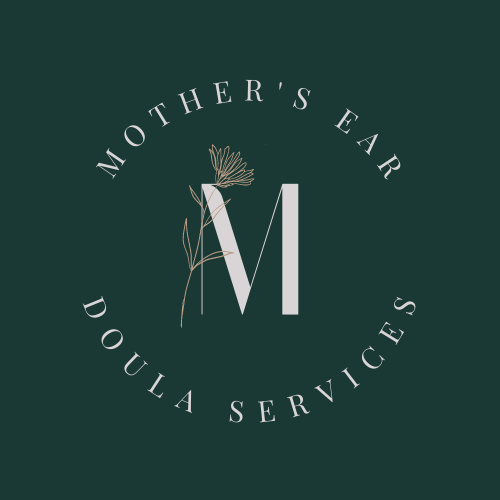23. Hospital vs. Birth Center: What the Data Says About Positive Birth Outcomes
The Birth Setting Debate: What Actually Leads to Better Outcomes?
You’re pregnant, overwhelmed with decisions, and now you’re being asked where you want to give birth. Hospital? Birth center? Home? (Suddenly, it feels like you’re planning more than just a baby’s arrival—you’re orchestrating a full-scale production.)
If you’re low-risk, you might be wondering if a birth center is a better choice for you. And let me tell you—data doesn’t lie. Research consistently shows that birth centers, especially those using the midwifery model, lead to better outcomes for low-risk pregnancies. We’re talking lower cesarean rates, fewer medical interventions, and even improved breastfeeding success.
But let’s break it all down. What does the research really say? And why aren’t more people using birth centers if the outcomes are this good?
Let’s dive in.
The Evidence: Birth Centers Lead to Better Birth Outcomes
Here’s what we know from research:
Lower Cesarean Rates – Choosing a birth center cuts your C-section risk significantly. One study found that cesarean rates were 48% lower for first-time moms and 82% lower for those who’ve given birth before compared to hospitals. That’s not just a slight reduction—that’s game-changing.
Fewer Medical Interventions – Birth center care means less induction, less epidural use, and less continuous fetal monitoring—all of which can contribute to a smoother, less complicated labor.
Better Neonatal Outcomes – Babies born in birth centers have lower rates of preterm birth, low birth weight, and NICU admissions than those born in hospitals (for low-risk pregnancies).
Higher Breastfeeding Rates – Birth center babies are more likely to start breastfeeding and continue longer—a win for both baby and parent.
Reduced Racial Disparities – Studies show birth center care helps close gaps in preterm birth, low birth weight, C-section rates, and breastfeeding success among racial and ethnic groups.
Let’s pause here—because that last one is huge. In a country where racial disparities in maternal health are stark, birth centers are showing us that the system can do better.
But Why Are Birth Centers Underutilized?
With all these benefits, you’d think birth centers would be the go-to choice for low-risk pregnancies. But nope—fewer than 2% of births in the U.S. happen in a birth center. Why?
Lack of Awareness – Many people don’t even know birth centers exist.
Hospital Dominance – The medical system is designed around hospital births, making birth centers feel like an ""alternative"" option rather than a mainstream one.
Insurance Barriers – Not all insurance plans cover birth center care, even though it’s cheaper than hospital births. (One study found that Medicaid saved $2,000 per birth when using birth center care!)
Fear of the Unknown – If you’ve been told your whole life that hospitals are the place to give birth, stepping outside that model can feel intimidating.
The bottom line? More education, more access, and more insurance coverage could change the game for birth center utilization.
So, Is a Birth Center Right for You?
If you’re low-risk and want:
✅ A lower chance of a C-section
✅ Less medical intervention
✅ A more intimate, personalized birth experience
✅ A provider who takes time to educate and support you
✅ A higher chance of breastfeeding success
…then a birth center might be your perfect match.
Of course, hospitals serve an essential role—they’re critical for high-risk pregnancies and complications. But if you’re in that low-risk category, the evidence is clear: birth centers can offer a safer, more satisfying, and less intervention-heavy birth experience.
Ready to Learn More?
Knowledge is power, and your birth should be based on facts—not fear. If you want to make informed choices about your pregnancy and birth, download my free research guide to help you dig deeper into the evidence.
Because when it comes to birth, you deserve to know all your options—and choose the one that’s best for you.
Data referenced can be found here:
Alliman J, Bauer K, Williams T. Freestanding Birth Centers: An Evidence-Based Option for Birth. J Perinat Educ. 2022 Jan 1;31(1):8-13. doi: 10.1891/JPE-2021-0024. PMID: 35165499; PMCID: PMC8827343.
Wallace J, Hoehn-Velasco L, Tilden E, Dowd BE, Calvin S, Jolles DR, Wright J, Stapleton S. An alternative model of maternity care for low-risk birth: Maternal and neonatal outcomes utilizing the midwifery-based birth center model. Health Serv Res. 2024 Feb;59(1):e14222. doi: 10.1111/1475-6773.14222. Epub 2023 Sep 10. PMID: 37691323; PMCID: PMC10771911.
